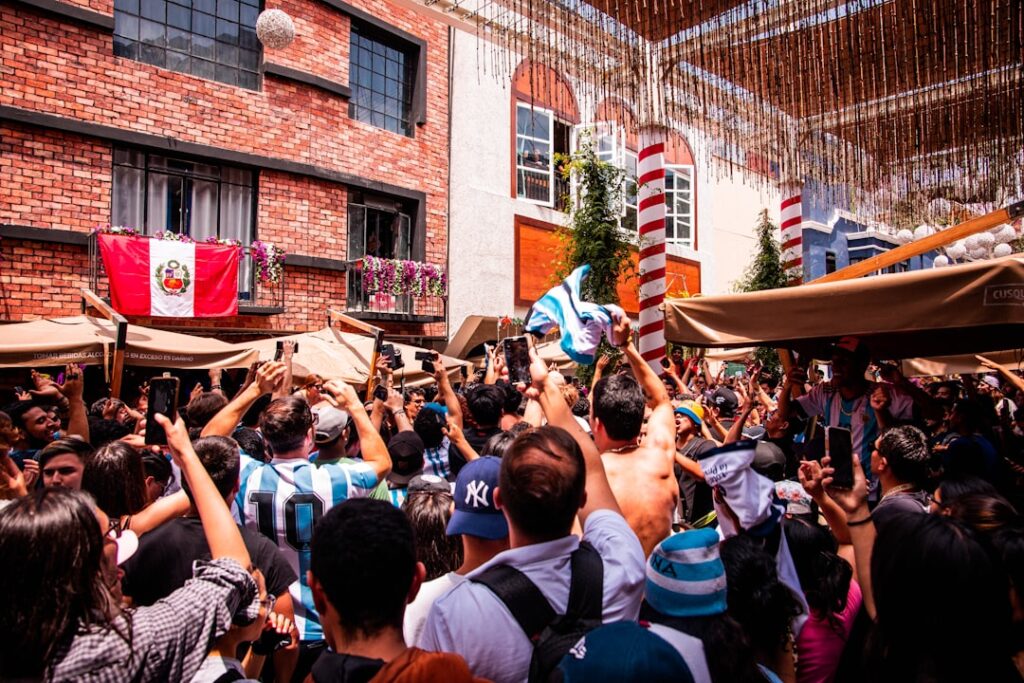
As anticipation builds for the FIFA World Cup 2026, fans all over the globe are abuzz with excitement about not just the matches, but also the unique features that will make this tournament memorable. One of the most talked-about elements is undoubtedly the World Cup mascot, a staple of the tournament tradition that adds a dash of fun and flair to the games. But what does the 2026 mascot represent, and how does its design capture the essence of the event?
The 2026 Mascot: A Fusion of Cultures
Hosting the World Cup is an immense honor and challenge, and for 2026, the event will be held across three North American countries: the United States, Canada, and Mexico. The mascot for this World Cup, called ‘Pepe,’ is a joyful depiction of a puma, a creature native to the expansive mountain ranges and wilderness areas found throughout these host countries. This character is more than just a cute figure; it signifies the unity and combined heritage of the nations involved.
The puma was specifically chosen as it symbolizes strength, agility, and the fierce passion associated with both soccer and the wildlife of North America. The spirited eyes and vibrant colors of ‘Pepe’ highlight the lively nature of the game and the electric atmosphere expected at the tournament.
Design Choices: What Makes ‘Pepe’ Stand Out
The design of the World Cup 2026 mascot is a carefully crafted icon that incorporates elements representing each host country:
- Colors: The colors of ‘Pepe’ draw from the national flags of the USA, Canada, and Mexico, featuring vibrant reds, deep greens, and majestic blues. This not only pays homage to the host countries but also ensures visual allure.
- Textile Patterns: Intricately woven patterns reminiscent of Mexican folk art and Canadian indigenous motifs adorn the mascot’s attire, embodying a blend of traditions.
- Symbolic Features: The choice of a puma underscores agility and adaptability — qualities that resonate with soccer players and fans alike.
Interestingly, the mascot’s name, ‘Pepe,’ is inspired by a common colloquial name in Latin America, emphasizing the cross-cultural camaraderie expected at this World Cup.
Impact on Fans and Players
Mascots in the World Cup history have always served as an emotive bridge between the event’s grandeur and its audience, especially the younger fans. For World Cup 2026, ‘Pepe’ stands as a beacon of multicultural celebration and unity, a factor that could enhance player morale and fan engagement. As we have seen in previous tournaments, a well-received mascot often becomes a cherished symbol for fans long after the games have ended.
From the infamous ‘Naranjito’ at the 1982 Spain World Cup to ‘Zabivaka’ in 2018 Russia, mascots have a way of capturing the zeitgeist of the event while offering something playful and memorable for the world to hold onto. ‘Pepe’ aims to do just that, resonating with fans across three separate nations through a shared love for soccer and celebration.
The Countdown to Kick-Off
As we build towards 2026, the fascination with ‘Pepe’ and what he symbolizes will only grow. The mascot is a testament to the spirit of togetherness, much needed in today’s world, and it reminds us of the unifying power of sports.
What do you think of the new World Cup 2026 mascot, and how do you think he will impact the tournament atmosphere? How important are mascots to your World Cup experience? Leave your thoughts in the comments below and stay tuned to CupVibes.com for the latest updates as we count down to kick-off!


